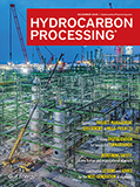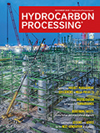October 2024
Special Focus: Valves, Pumps, Compression and Turbomachinery
Best practice guidelines for selecting types of compressors
This article discusses the best practices for selecting compressors for different applications in refining, petrochemical, chemical and carbon capture plants.
This is a preview of our premium content. Thank you for your interest—please log in or subscribe to read the full article.







Comments